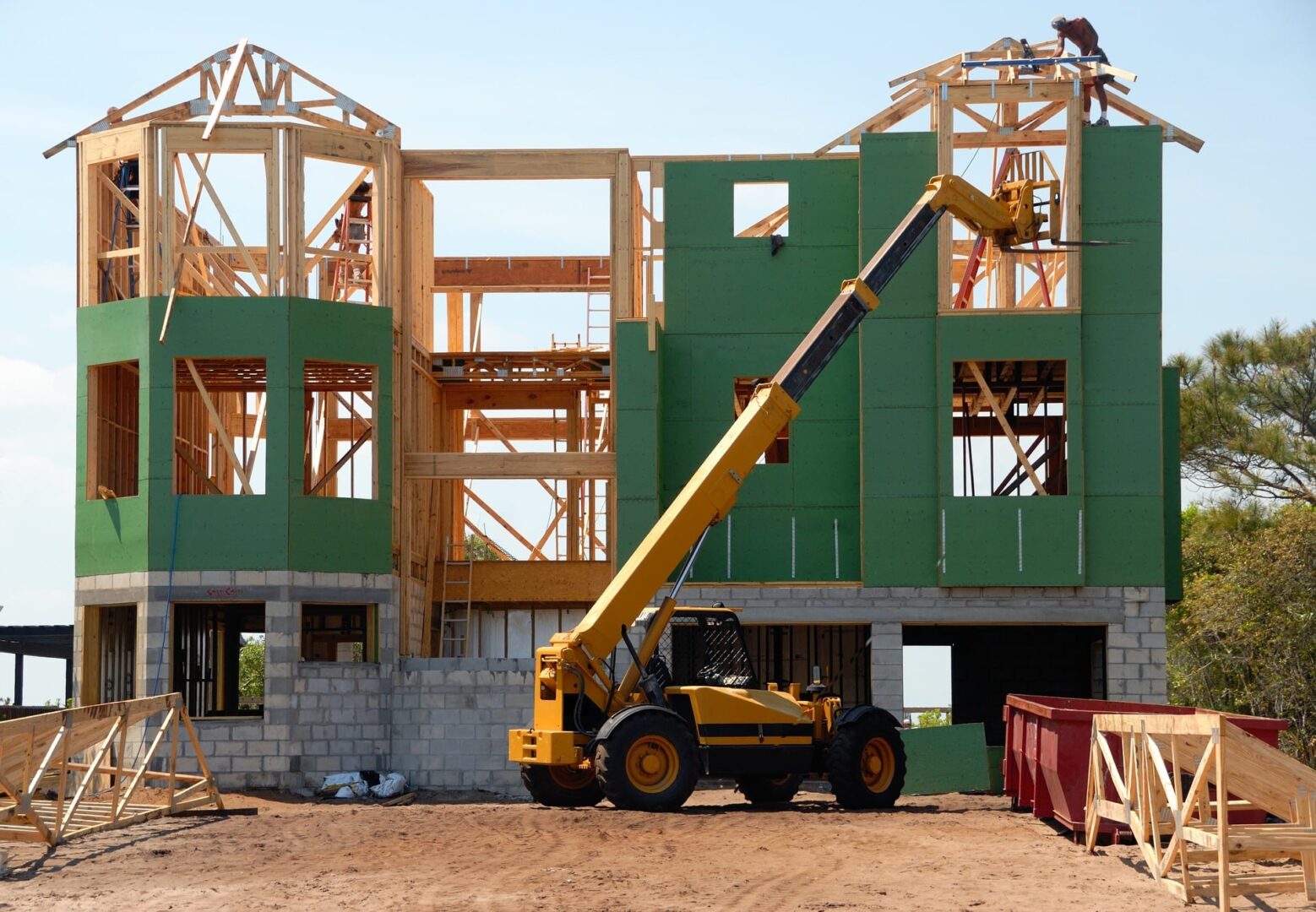How do Lumber Prices Relate to the Pandemic?
The recent pandemic has taken a toll on hundreds of aspects of life, including work, school, and entertainment. However, most people tend to overlook the drastic changes in lumber prices recorded over the past couple of years due to the pandemic. In August 2020, lumber prices skyrocketed, likely because of the boom in home renovation projects completed by quarantined individuals with too much time on their hands. Almost a year later, in May of 2021, lumber prices shot to over $1600 per thousand board feet, more than four times the price in early 2020. Although prices have declined since then, they remain significantly elevated, causing new predicaments in the housing and lumber industries. Below are a few ways the pandemic economy has influenced and been impacted by the recent volatility of lumber prices.
What Caused Lumber Prices to Skyrocket?
Contrary to popular belief, forest fires have hardly made a dent in the amount of available timber in the lumber industry. The price of raw timber has remained stable, indicating that there is no shortage of trees. The sudden increase in lumber prices is correlated directly with sawmills. As the pandemic took control of countries all over the world, sawmills began to shut down as a safety precaution based on an assumption; the assumption was that lumber demand would tank.
No one could have foreseen that the demand would soar as individuals across America turned to home renovation projects to fill their time. Confined to their homes with little to do, they began to create fences, add patios, and build sheds. The homebuilding industry also took flight as interest rates reached all-time lows. In 2020, home construction surged by 12%, while sawmill output hardly increased. Consequently, lumber prices multiplied from $349 per thousand board feet to over $1500 per thousand board feet in just one year.
What Caused Lumber Prices to Fall?
As public restaurants, movie theaters, and theme parks reopened, home renovation projects became less and less popular. Americans were no longer stuck at home and wanted to take advantage of that. Additionally, homebuyers began to see significant delays in the transportation of building materials. As a result, the demand for new homes decreased. Two months after lumber prices peaked, they plummeted to $770 per thousand board feet.
What Will Happen Next?
Although the inconsistency between supply and demand in the lumber industry has begun to correct itself, lumber prices are still almost 80% higher than before the pandemic, adding thousands of dollars to the cost of a new home. The fastest way to regulate this inflation would be to build a new lumber mill, costing tens of millions of dollars. Thus, for the time being, lumber prices remain incredibly high and volatile, illustrating the effects of a pandemic on the economy.

